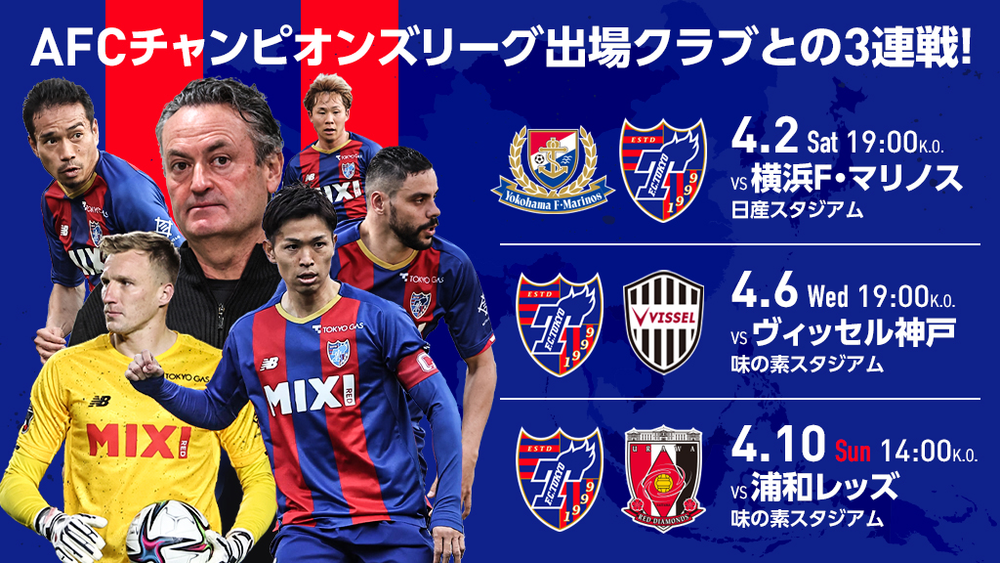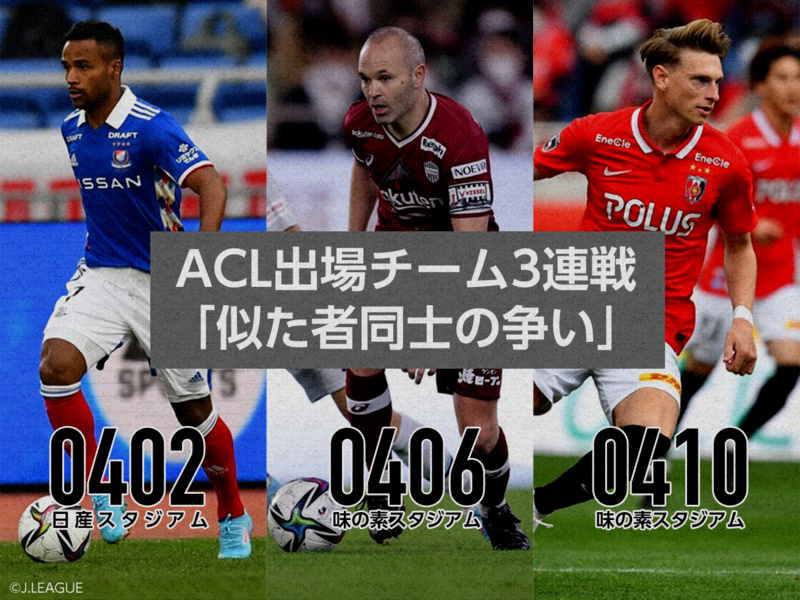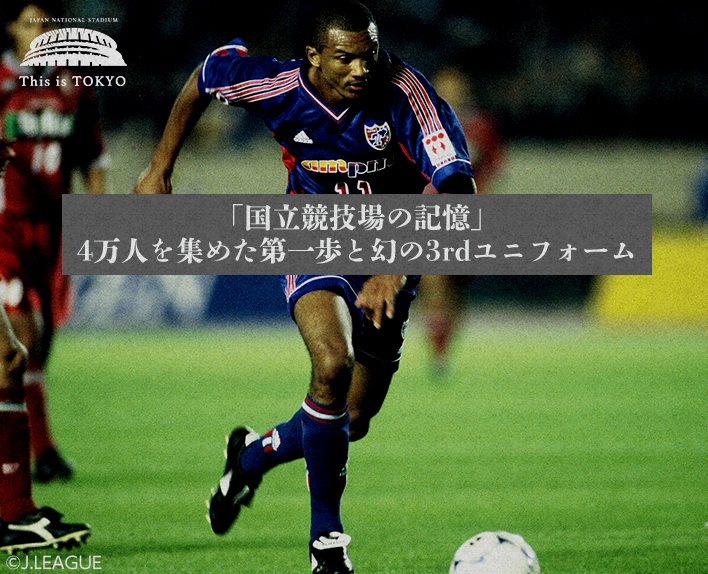Three consecutive matches against teams participating in the AFC Champions League
4/2 Yokohama FM (A) 4/6 Kobe (H) 4/10 Urawa (H)
"A Conflict of Similar Beings"
Indeed, it will be a great opportunity to understand whether they possess true strength. It will be a three-match series against the clubs participating in the AFC Champions League (ACL) - Yokohama F.Marinos, Vissel Kobe, and Urawa Reds.
It is also a conflict between similar individuals.
No matter where the opponent is, we share the mindset of being the main players. The tactics associated with this are quite similar. We connect passes carefully from the back, continuously circulating ball possession and recovery in the opponent's territory, attacking relentlessly. That is the ideal image.
The sign represents a high-speed transition characterized by quality possession based on positional play and counter-pressing. These can be said to be the two sides of the same coin for a modern team. Of course, this also applies to Kawasaki Frontale, the J1 champions we faced in the opening match.
The numbers speak for themselves. Looking back at last season's average ball possession rate per match, Yokohama FM was at 60.0% (1st), Kobe at 55.0% (4th), Kawasaki at 54.6% (5th), and Urawa at 54.0% (6th), all ranking high. This season, Kobe is at 59.1% (1st), Yokohama FM at 54.6% (3rd), and Urawa at 52.2% (tied for 5th). And now, under the new coach, Tokyo has moved from being 'the have-nots' to 'the haves,' tied with Urawa.
(Source: 【J.League Official】Looking Back at the 2021 Season with Data)
(This season's data is as of JSTATS / March 25)
The battles in this three-match series will likely be different from the ones during the winning streak. In addition to maneuvering around the pressing, a major focus will be on how to disrupt the opponent's passing work. In that sense, the experience from the opening match, which troubled Kawasaki until the end, should be quite valuable.
On the other hand, it is uncertain how well the team can maintain its strength level during the three-day consecutive matches. Meanwhile, the ACL teams have already experienced consecutive matches. Moreover, teams like Yokohama FM have been promoting new players to the starting lineup during this process and have gained a corresponding sense of achievement. In that sense, it is a competition that seriously tests the overall strength, including the depth of the squad.
If you are looking for the toughest opponent at this point, it might be Yokohama, whom we will face in the first match of the three-game series. Both their offense and defense remain highly intense. They run a lot. They just keep running. Their average distance run per match and the number of sprints are both ranked third in the league. In terms of using running ability as a weapon, they are a different type of opponent compared to Kobe and Urawa.
This season, the ball possession rate is high, but what might be troublesome for Tokyo is the counterattack, which could be said to be the fastest in J1. When they go on the attack, they send their speedy wingers running behind the line to strike quickly. In fact, even Kawasaki was defeated after being hit by a lightning-fast counterattack. Losing the ball carelessly in midfield could be fatal.
Even if the fullback is at a disadvantage in a one-on-one against the winger, the risk of conceding a goal significantly increases. Kawasaki's left back Kyohei NOBORIZATO was outsmarted by the opposing Elber, leading to multiple goals conceded. Additionally, attention should be paid to cross defense. When a teammate makes a cutback, the winger on the opposite side suddenly appears outside the defenders' line of sight, aiming for a finish, which complicates matters.
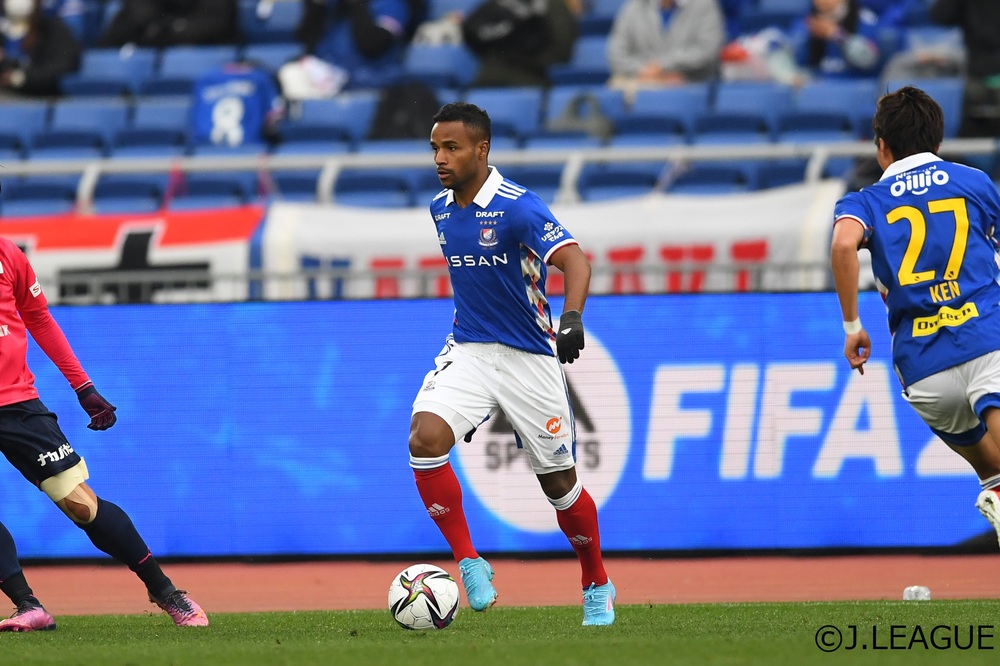
Of course, Ryoya OGAWA on the left, but the performance of the right-side back will be key. The seasoned Yuto NAGATOMO returns from the national team.
Ryoma Watanabe does not have sufficient experience in this position, so it remains to be seen how well he can adapt. Including the role of the center-back who covers, it will be a key point in avoiding conceding goals.
Well, the difficulty of containing the wings should be the same for Yokohama FM. If Kazuya KONNO on the right and Adailton on the left are allowed to play freely, it won't end well. The destructive power of both wings is also Tokyo's strength. Furthermore, they have everything from rocket passes that cut through the line from the back to diagonal passes sent to the opposite side. Moreover, there are three sources for these passes (Masato MORISHIGE, Yasuki KIMOTO, Takuya AOKI).
If we were to narrow down the focus of the decisive battle to one point, it would be the offensive and defensive struggle between the wings and backs regarding the "width and depth" of the pitch. If both sides are determined not to retreat and are prepared to engage in a fierce battle at a shallow line, it will likely be a continuous thrill and suspense. For Tokyo, who is riding high on three consecutive wins, a flashy shootout is something to be desired.
The next match against Kobe is difficult to predict. After all, the opponent has not gained any points since the opening and has just changed their coach. While the formation is expected to continue, the starting lineup and tactics are fluid. On the other hand, Tokyo will likely make changes to the starting lineup for the match against Yokohama FM, given the three-day interval.
Regarding Kobe, regardless of personnel or formation, the build-up goes through the pivot. Sergi SAMPER was the compass. However, since he was injured and sidelined during the ACL playoffs, the new player Takahiro OHGIHARA is likely to take on that role. The use of OHGIHARA as a pivot has already been tried out.
This season, Kobe's ball possession rate is high. However, compared to last season, it takes more time and effort for build-up play. The departure of Thomas Vermaelen, who delivered quality passes from the back, has increased the burden on the pivot. When Tokyo goes on the defensive, this should become one of the target areas. It is about breaking the pivot.
The most dangerous presence is Andres INIESTA, but if we can stop him before he gets the ball, that would be ideal. It is the role of the inside midfielder to 'hunt' Samper. If we can gain the upper hand in this battle, the flow will naturally tilt towards Tokyo. Kuryu MATSUKI and Shuto ABE are sharp in their approach and tough and resilient in battles for the ball. Given the three-day interval, there is a possibility of changing personnel and formation in the midfield, but the mission should remain the same regardless of who steps onto the pitch.
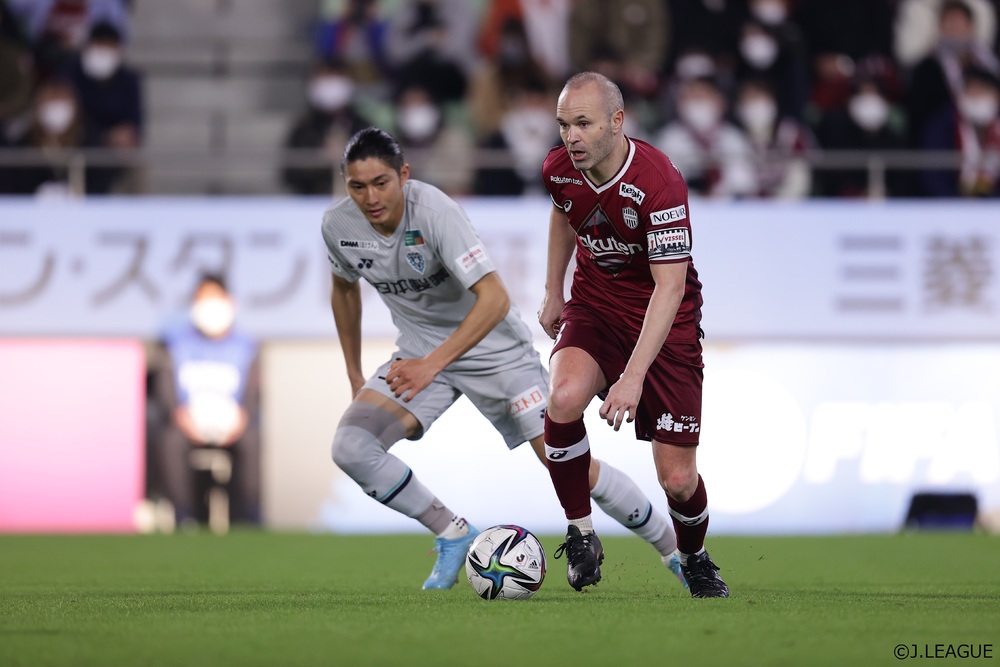
Compared to last season, the drop in the intensity of Kobe's press is a favorable development. They will likely make adjustments during the break, but it won't be easy to return to their level of good form. In the first place, Tokyo has already experienced intense pressing against Sanfrecce Hiroshima and SANGA S. Once they go on the attack, they believe they can create plenty of chances.
The finale of the three consecutive matches is a showdown against Urawa. The enemy's commander, Ricardo RODRIGUEZ, also draws attention for being from Spain, just like Albert PUIG ORTONEDA. Both must have their own secret expectations.
Urawa stumbled with no wins in the first four matches, but after securing a victory against Shonan Bellmare in the third round, they achieved a big win of 4-1 against Júbilo Iwata in the fifth round. They entered the break with a rising tide mood.
However, there is a dilemma. It's about the choice of the top striker. Who should be placed here? If prioritizing scoring ability, the clear choice is the main gun, Kasper JUNKER, but there was a concern about the difficulty of applying pressure from the front line. Taking that into account, I used Takahiro AKIMOTO, a pressing machine, from the opening match, and gained a high-intensity offense and defense, but now I was troubled by a lack of scoring ability. Akimoto is not a natural goal scorer.
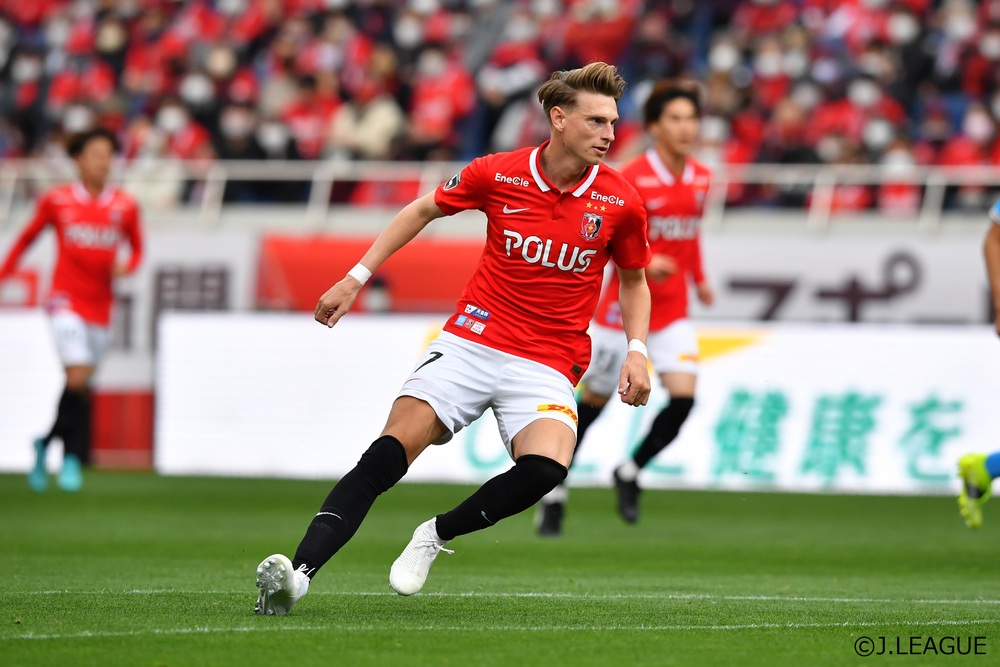
Yunker, who was used as a starter in the match against Iwata, scored as expected, and with the introduction of Akimoto in the second half, they successfully achieved victory. However, it is hard to believe that this relay method is a solution. This time, they might use Akimoto as a starter. If the intensity of the press is insufficient, they will likely be passed around easily by Tokyo.
Then, how about the finishing ability? A new solution is emerging. David MOBERG, who made a shocking debut in the match against Iwata. He is not a goal scorer, but he is a winger with finishing ability. Once he has the ball, he quickly takes it to the finish. Whether as a starter or a secret weapon, it is certain that he is a key player to watch alongside Esaka in the attacking midfield.

In the match against Iwata, a variable formation was adopted that was attempted during the time leading Tokushima Vortis. The defensive formation is 4-4-2, while the attacking formation transitions to 3-4-2-1 by pushing up one of the full-backs and having the midfielder on the same side move centrally to take on one of the double shadows. When attempting to press from the front, it seems necessary to keep this approach in mind and respond accordingly.
However, Rodriguez is not the type of coach who sticks to one way of doing things. Regardless of success or failure, he has a wide range of options. If necessary, he is not afraid to solidify his defense and play defensively. This greatly differs from Albert PUIG ORTONEDA. In any case, this is the last match of the three consecutive games. Not only the selection of players and formation but also the opponent's plan is fluid. To draw closer to victory, adaptability, including unexpected situations and the bench, is essential.
In any case, this three-game series will not be easy. It will be a true all-out battle, including the starters, substitutes, and the bench. How will we overcome this challenge? It is certainly worth watching.
Text by Satoshi Hojo (Football Writer)
